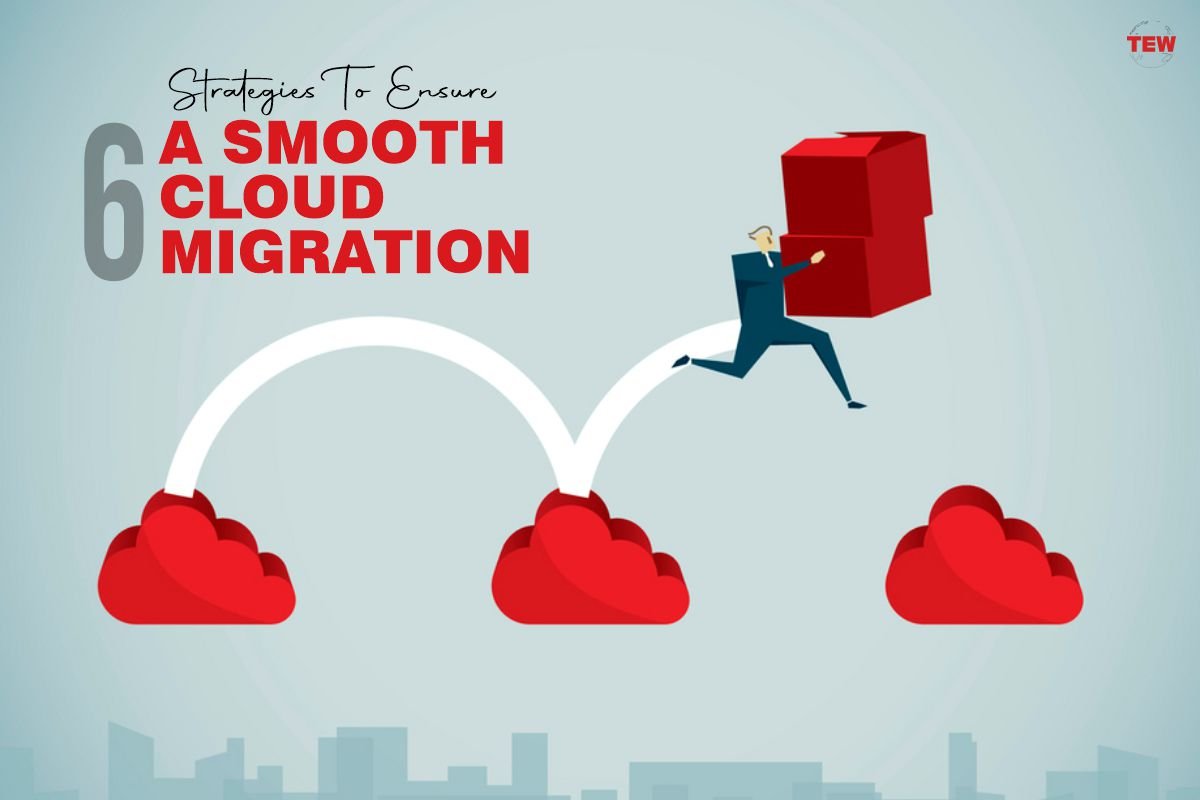Ever since the inception of the cloud, many organizations have become reliant on the service. After all, the cloud has many benefits. You can use it to make files more accessible, maximize collaboration among employees, and, most importantly, you no longer need hardware to store files safely. Hence, it’s no surprise why many enterprises are looking to migrate to the cloud.
Unfortunately, cloud migration doesn’t come easy. Not only does it take a lot of time and money, but it may also potentially conflict with your existing software and employees during the process. There are, however, several things you can do to make the process a lot easier and more manageable.
Below are six strategies to help you ensure a smooth cloud migration.
1. Repurchasing
Repurchasing is basically a strategy where you decommission your existing applications and systems, much like what you do with retiring, except you move to a different product afterward.
By doing so, you can immediately move a particular component of your infrastructure to the cloud without all the steps. But this would require you to purchase a product that’s already in the cloud to start with. In that regard, if you’re situated around Texas and currently on the lookout for those types of agencies, Accudata Systems, a Dallas IT company, might help. Nevertheless, repurchasing is an excellent strategy to ensure smooth cloud migration.
2. Rehosting (Lift And Shift)
Rehosting is perhaps the simplest and easiest strategy for smooth cloud migration. It involves taking your existing software and systems and then moving them into the cloud as-is, which explains its other name, lift and shift. In short, everything will work the same way it did before, except it now makes use of the resources made available by cloud computing technologies.
Of course, there are cases where issues may arise, but it’s still an effective strategy, as it doesn’t disrupt your business operations in any way, which ensures smooth cloud migration. To avoid as many issues as possible using a managed service provider like the guys at is-t.net can help you achieve a smooth transition.
3. Replatforming
Rehosting only requires you to move your entire infrastructure to a cloud hosting service provider. But replatforming takes it up a notch by making small changes before the migration. These changes are typically made to take advantage of the cloud.
For example, if you currently have existing enterprise software, you can add a cloud feature before the migration. This will allow you to take advantage of cloud capabilities. But remember that it’s not inherently better than rehosting, as some infrastructures may only experience issues if changes are made.
4. Refactoring
The refactor strategy, also known as re-architect, is the next level of replatforming. Much like the previous strategy, you are to move the infrastructure to the cloud. However, instead of making changes only to specific applications, you can re-architect or completely modify the entirety of the system. Hence, one can say that it’s the upgraded version of replatforming.
While it’s true that it’s at a higher level, it’s not necessarily better than the previous two strategies. This is because some infrastructures are best moved to the cloud without any changes.
5. Retiring
As the name suggests, this strategy involves disposing or removing features, applications, or any part of your system no longer needed once you’re done with cloud migration. By getting rid of these components, you’re essentially making it easier to migrate to the cloud, especially since they might only cause conflicts and other types of problems during the process.
But if you think all your existing applications are essential to the system, this strategy may not be plausible.
6. Retaining
The retaining strategy is very much like retiring in a way that you won’t migrate certain elements of your infrastructure. However, it doesn’t require you to get rid of these applications. Instead, you are to only hold off on migrating these components until you can find time to work on them at a later date, specifically when you find a use for them in your enterprise. That would explain why it’s also called revisiting, as you’re essentially revisiting your old applications.
This is an effective strategy if there’s a particular element of your system that’s bound to cause conflicts in the cloud migration, yet you can’t afford to decommission that component.
Wrapping Up
Smooth cloud migration isn’t an easy accomplishment. It requires a lot of time and effort, and, more often than not, you may also require the need of professionals to pull it off. Nevertheless, the benefits that come with cloud migration are too good to pass up. On that note, if you’re having a hard time dealing with the entire process, these strategies should come in quite handy.




